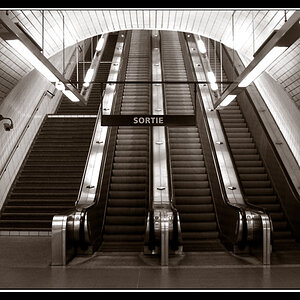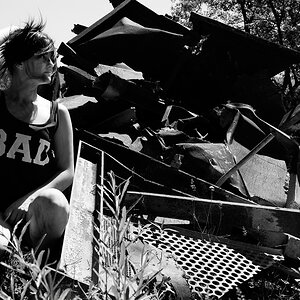crazyjackphoto
TPF Noob!
- Joined
- Apr 4, 2008
- Messages
- 32
- Reaction score
- 0
- Location
- New York, NY
- Can others edit my Photos
- Photos OK to edit
hello, question abotu 2nd curtain. Actually i think image are better than words. Well, maybe help explain a little. How would shutter speed & apurture affect 2nd curtain. And since I'm already using flash how does aperture play in this. Photo are greatly appreciated, sorry if i'm posting in the wrong section. Thanks!!


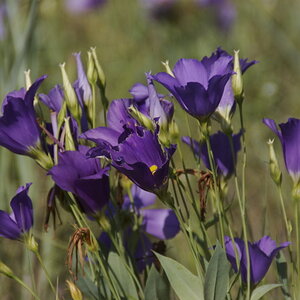

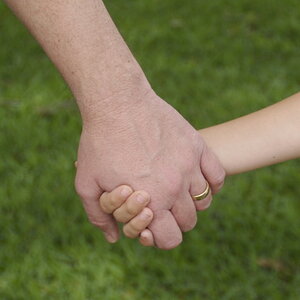
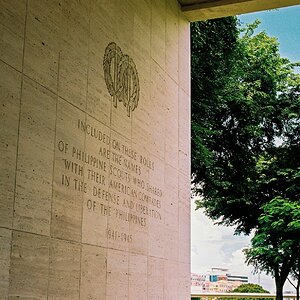
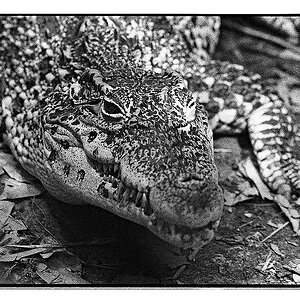

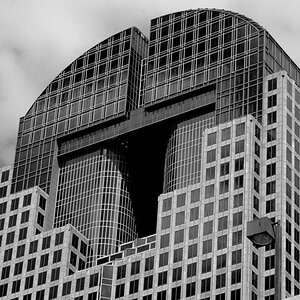
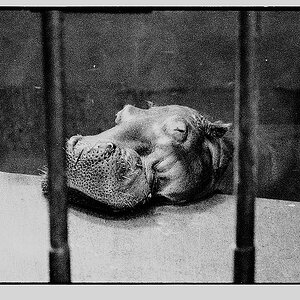
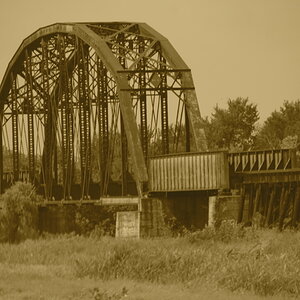
![[No title]](/data/xfmg/thumbnail/36/36658-525087f40e1bdbfe8b995ce4296ef4a6.jpg?1619737675)
